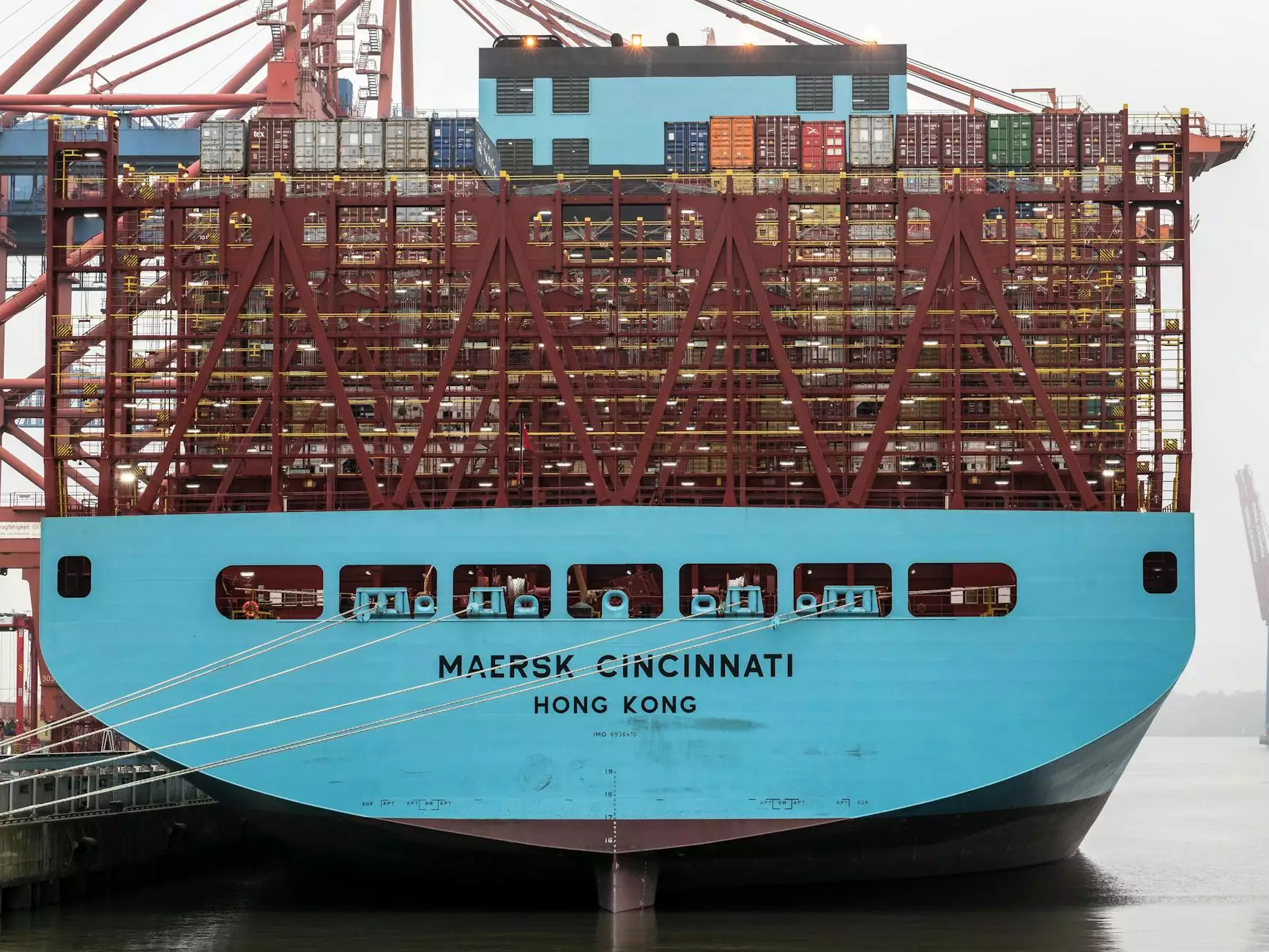Understanding Air Freight Prices: Maximizing Efficiency and Cost-Effectiveness for Your Business

In today's fast-paced global economy, businesses are increasingly relying on air freight as a vital component of their logistics strategy. With the rising demand for speedy deliveries, understanding air freight prices has become essential for businesses looking to optimize their shipping costs while ensuring timely deliveries. In this comprehensive guide, we will delve into the intricacies of air freight pricing, the factors that influence these prices, and strategies to effectively manage your air freight logistics.
The Essential Role of Air Freight in Global Trade
Air freight occupies a critical position in the realm of international logistics. Recognized for its speed and reliability, it allows businesses to transport goods across long distances in minimal time. Here are several reasons why air freight is imperative for modern businesses:
- Speed: Air freight is the fastest mode of transportation, which is crucial for perishable goods, urgent cargo, and just-in-time deliveries.
- Reliability: Airlines adhere to strict schedules, ensuring that shipments arrive on time, thus minimizing disruption in your supply chain.
- Global Reach: Air cargo connects even the most remote markets, enabling businesses to expand their customer base.
- Security: Air freight offers better security for high-value goods compared to other shipping methods.
Deciphering Air Freight Prices
The cost of air freight can vary significantly based on multiple factors. Understanding these elements can help businesses make informed decisions. Generally, air freight prices are calculated based on the following:
1. Weight and Volume
Air freight charges are usually based on the greater of two weights: actual weight and volumetric weight. This means businesses should always consider:
- Actual Weight: The physical weight of the cargo.
- Volumetric Weight: A calculated weight based on the volume of the shipment (Length x Width x Height), which takes into account how much space the cargo occupies on the aircraft.
2. Distance and Destination
Shipping goods over longer distances typically incurs higher costs. Destinations also play a role: major international airports often have more competitive rates and infrastructure compared to regional airports.
3. Type of Cargo
The nature of the goods affects pricing as well. Hazardous materials, perishables, and oversized cargo may incur additional fees due to special handling and regulatory compliance requirements.
4. Service Level
Air freight services vary in speed and frequency. Options include:
- Express Services: These are faster and typically more expensive, suitable for time-sensitive shipments.
- Standard Services: More economical options with longer transit times, useful for non-urgent deliveries.
5. Seasonality and Demand
Air freight pricing can fluctuate throughout the year, particularly during peak seasons such as holidays. Businesses should plan their shipments accordingly to avoid increased prices during high-demand periods.
Key Factors to Optimize Your Air Freight Costs
1. Choosing the Right Freight Forwarder
Selecting an experienced and reputable freight forwarder can significantly impact your air freight prices. A good forwarder will offer you:
- Negotiated rates with airlines
- Expertise in customs clearance
- Access to a wider range of transportation options
2. Consolidating Shipments
If possible, consolidating multiple shipments into one can reduce costs. This method takes advantage of the total weight of all packages combined, leading to better pricing opportunities.
3. Proper Packaging
Effective packaging can minimize dimensional weight, ensuring that you only pay for the actual weight when it’s lower than the calculated volumetric weight. Using lightweight materials and optimizing dimensions help in achieving cost efficiency.
4. Regular Rate Reviews
Air freight rates can change frequently. Regularly reviewing your contracts and rates ensures that you’re not overpaying for your freight needs. Keeping an eye on market trends can provide insights into pricing fluctuations.
The Current State of Air Freight Prices
The global air freight market is dynamic, influenced by economic conditions, fuel prices, and geopolitical factors. As of 2023, many industries are encountering:
Market Dynamics
Recent trends in the industry include:
- Increased Demand: E-commerce growth is driving demand for air freight, particularly for last-mile delivery solutions.
- Capacity Constraints: A limited number of flights due to fluctuating demand creates pricing pressures.
- Sustainability Trends: Airlines are increasingly adopting environmentally friendly practices, which may influence costs in the long term.
Conclusion: Making Informed Decisions on Air Freight Prices
Understanding air freight prices is crucial for businesses seeking to maintain competitiveness in the global market. By being informed about the factors that influence these prices and employing strategic practices to reduce costs, you can effectively manage your air freight logistics.
At cargobooking.aero, we provide a wealth of resources and expertise to help businesses navigate the complexities of air freight. Whether you’re looking for shipping centers, transportation solutions, or airport logistics, our platform is designed to facilitate your global shipping needs.









